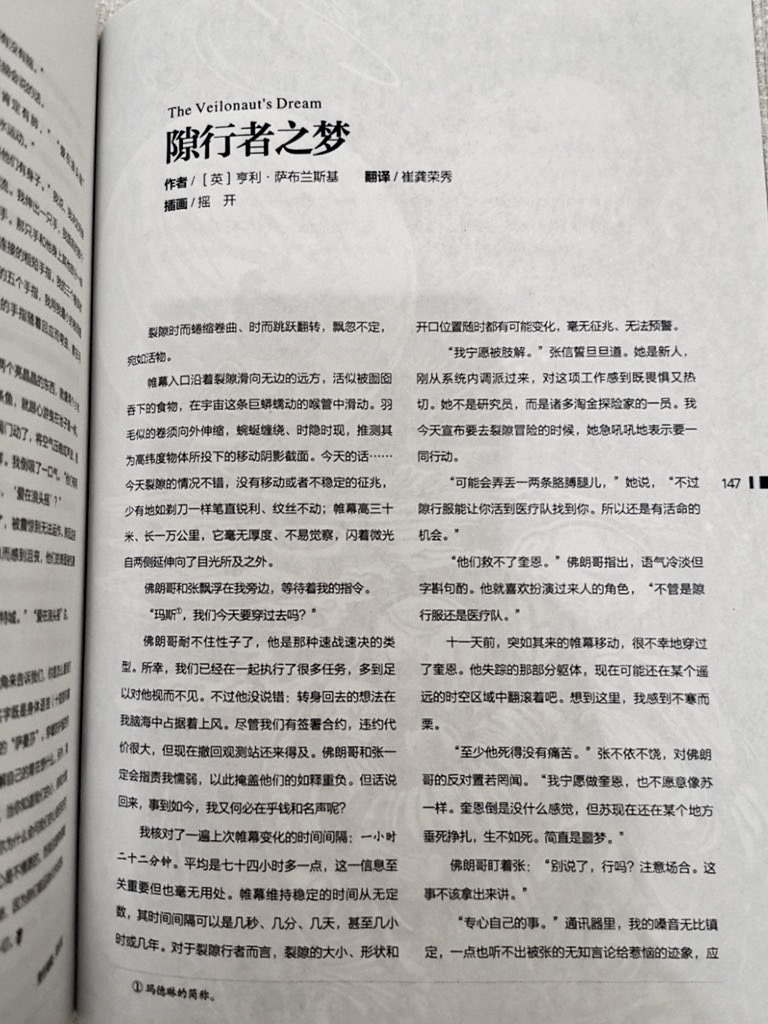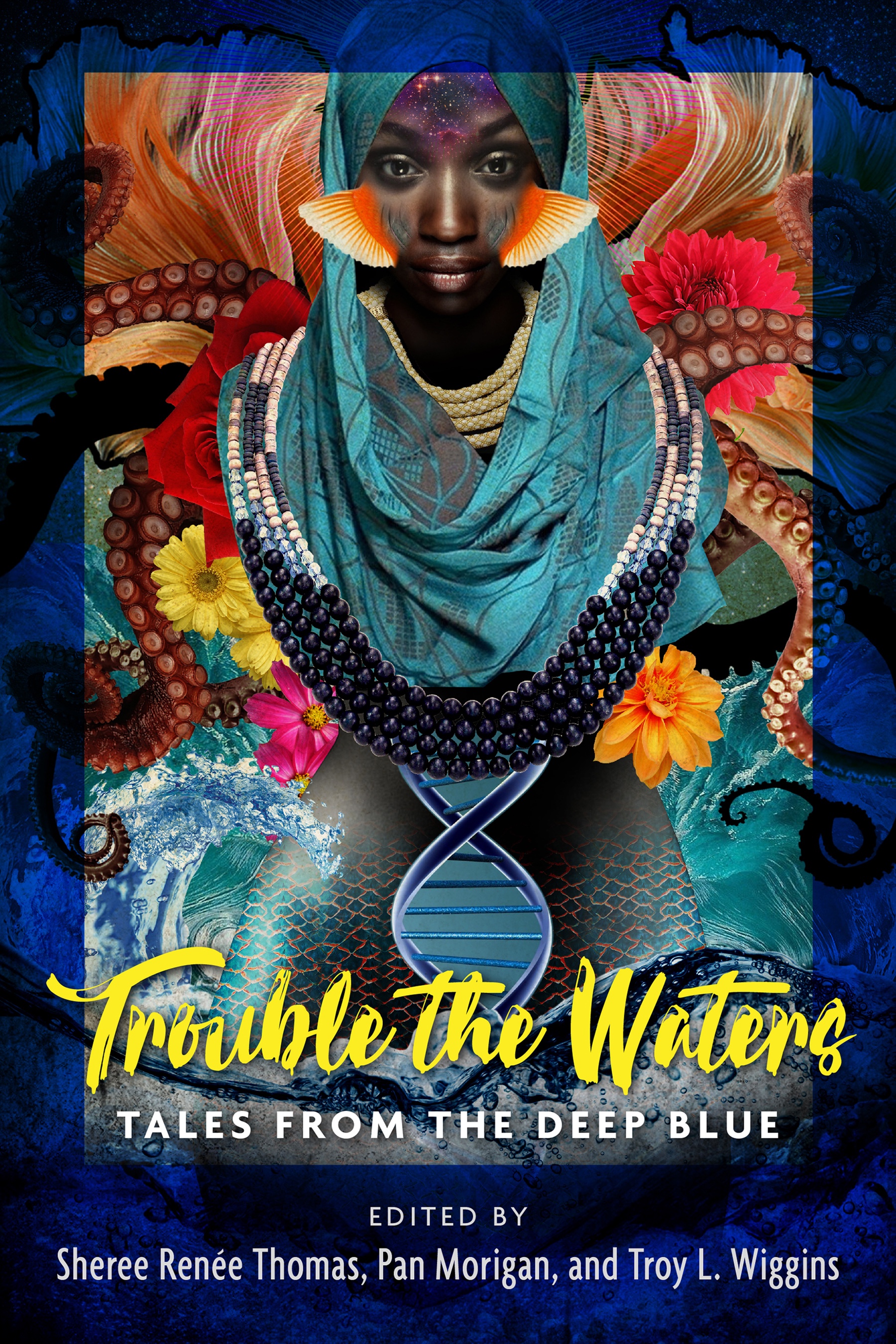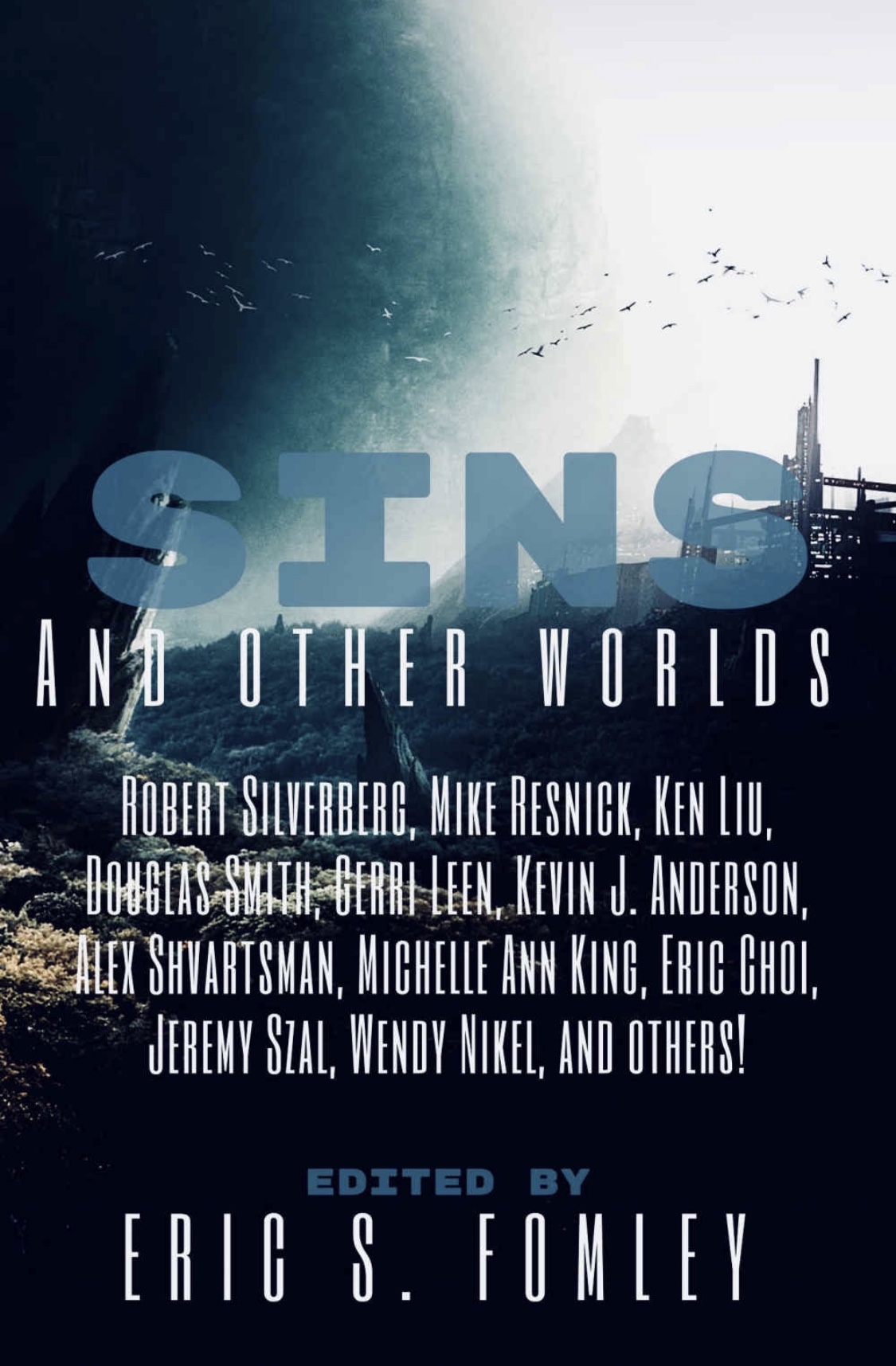Pleased to announce my story, “Witch of the Weave” — featuring the further adventures of Percher and Skink in a world of colossal weave constructs — is out now in Clarkesworld Issue 159. This is the second time my work has featured in Clarkesworld, and I’m hugely relieved the first time doesn’t appear to have been a fluke.
But hold on. “Further adventures,” did I say? Of Skink and who? And what’s this about Part 2? Where’s Part 1? Did I miss something?
Let me explain.
I hope “Witch of the Weave” is able to stand on its own merits, but it’s very much a story built on the foundations of an earlier one. There’s an old adage that you should throw away the first scene of any story, or first chapter of any book you write, as these are most probably unnecessary scene setting and authorial “throat clearing” that will get in the way of the reader and the story. Well I don’t know if I would always agree with that, but there’s certainly an element of truth to it. However, it seems a bit extreme to throw away a whole story. Luckily, if you want to find out how Percher and Skink first met, and what those “clevers” and Motherman references are all about, the prequel story to “Witch of the Weave“, “Climbing the Motherman“, should be out Spring next year in DreamForge Magazine Issue 5. Then you can judge for yourself how much authorial throat clearing is going on.
In the meantime, I’m busy trying to finish the next Percher and Skink story. Certainly helps to know the first two found a home.







 “The Willow Man”, photo taken and processed by yours truly.
“The Willow Man”, photo taken and processed by yours truly.


